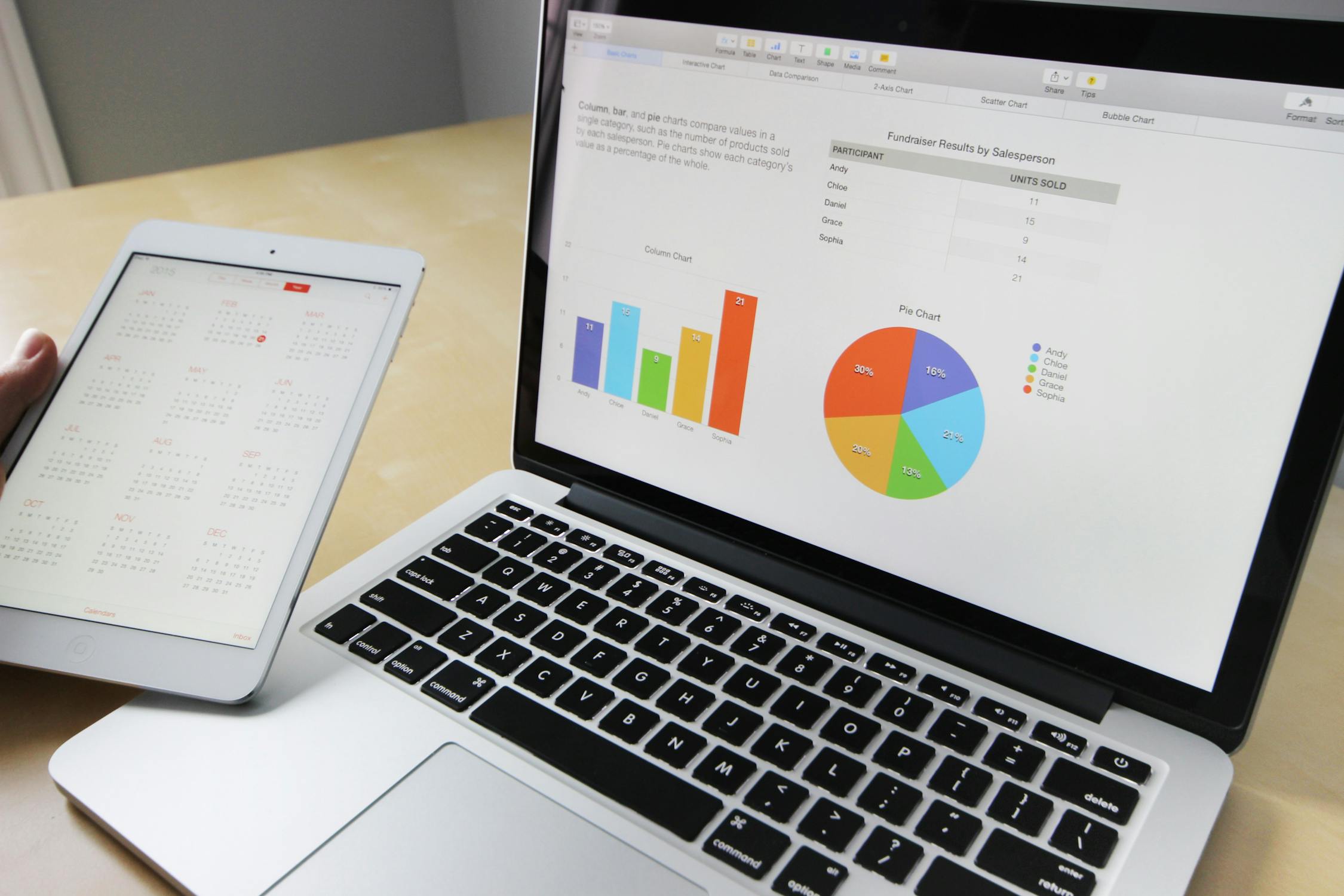How Productivity Tools Can Improve Work-Life Balance
Balancing work and personal life has become a growing concern for many individuals, especially in a world where work demands can easily spill over into personal time. Productivity applications provide an effective way for individuals to enhance their ability to organize tasks, allocate time efficiently, and prioritize responsibilities. These tools are designed to streamline workflows, reduce stress, and ultimately create more space for personal activities.

From project management software to time-tracking apps, these tools are becoming essential for those who seek to maintain a healthy balance between their professional responsibilities and personal well-being.
Understanding the Importance of Work-Life Balance
Work-life balance refers to the equilibrium between the time and energy devoted to professional tasks and personal activities. Striking this equilibrium is vital not just for emotional and physical well-being, but also for lasting fulfillment in one's professional life. When individuals are unable to separate work from their personal lives, it often leads to burnout, decreased productivity, and even strained relationships. Studies have shown that workers with a healthy work-life balance tend to be more engaged and productive in their jobs.
Productivity resources are essential for achieving this equilibrium as they help structure tasks and establish clear limits. Project management platforms such as Trello and Asana assist individuals in organizing tasks and managing their schedules efficiently, allowing them to maintain a clear boundary between work commitments and personal life. Similarly, calendar apps allow individuals to schedule their day in a way that incorporates both work-related and personal activities, making it easier to maintain this balance.
Achieving work-life balance through productivity tools isn't just about reducing workload, it's about enhancing overall quality of life. When individuals make effective use of these resources, they can carve out moments to pursue their interests, enjoy quality time with loved ones, or simply unwind without the relentless pressure of incomplete responsibilities.
Types of Productivity Tools
There is a wide variety of productivity tools available, each catering to different aspects of work-life management. Below are some of the most commonly used types:
- Task Management Tools: These include apps like Todoist or Microsoft To Do that help users organize tasks into manageable lists, set deadlines, and track progress.
- Time-Tracking Tools:Applications such as Toggl and Clockify enable individuals to track the amount of time they dedicate to particular activities or assignments. This helps in identifying time-wasting activities and allocating more time to productive ones.
- Communication Tools: Slack or Microsoft Teams make it easier to communicate with colleagues without These platforms also help compartmentalize work-related conversations from personal messages.
- Automation Tools:Applications such as Zapier and IFTTT streamline routine tasks, allowing individuals to dedicate more time to innovative and strategic thought processes.
The effectiveness of these tools is enhanced when they are used in combination. Linking task management applications with calendar software aligns all deadlines and commitments with the time you have available. This combination aids in avoiding excessive commitments while making sure that every obligation is fulfilled.
How Productivity Tools Enhance Work-Life Balance
The right combination of productivity tools can lead to significant improvements in managing both professional and personal responsibilities. Reducing stress becomes easier with better organization and structured planning. When tasks are clearly laid out and prioritized, there’s less room for anxiety about forgetting something important or missing deadlines.
An often overlooked aspect is how these tools encourage accountability. Monitoring your time and scheduling reminders for breaks can assist you in adhering to your plan without pushing your limits. Over time, this can lead to more consistent working hours and healthier boundaries between work and personal life.
| Tool Category | Primary Benefit | Examples |
|---|---|---|
| Task Management | Organizes tasks into manageable lists | Todoist, Microsoft To Do |
| Time Tracking | Keeps track of time spent on activities | Toggl, Clockify |
| Communication | Simplifies team communication | Slack, Microsoft Teams |
| Automation | Automates repetitive tasks | Zapier, IFTTT |
The benefits extend beyond individual well-being; they also contribute positively to workplace culture. Employers who encourage the use of such tools often see increased morale and productivity among employees. When teams use shared productivity platforms like Slack or Trello, it promotes transparency and collaboration, making it easier for everyone involved to manage their workloads effectively.
The Future of Productivity Tools in Work-Life Balance Management
The future looks promising as technology continues to develop more sophisticated productivity tools designed specifically for enhancing work-life balance. New trends include AI-driven applications that learn from user behavior to offer personalized recommendations on managing tasks better FastCompany.com. These advancements make it easier than ever before to achieve a balanced life.
An interesting development is the integration of wellness features into traditional productivity tools. Certain calendar applications have begun to integrate reminders for meditation and recommend breaks tailored to your work habits. These attributes focus on enhancing productivity while also promoting mental health.
The transition to remote work has greatly sped up the use of digital productivity solutions across the globe. This shift has led many companies to invest in software that helps employees maintain clear boundaries between work and personal life while working from home. As these technologies advance, they are expected to play an increasingly vital role in fostering a sustainable balance between work and personal life.
Making the Most Out of Productivity Tools for Work-Life Balance
The increasing reliance on productivity tools highlights their growing importance in maintaining a healthy work-life balance. When applied well, these resources streamline tasks, enhance time management, and help maintain a distinct boundary between work and personal life, reducing stress. From project management applications that help you stay organized to messaging platforms that enhance collaboration among team members, these resources enable individuals to manage their time proactively instead of letting it dictate their activities.
The impact goes beyond individual benefits; companies adopting these solutions also see improved team dynamics, higher employee satisfaction rates, and greater overall productivity levels.